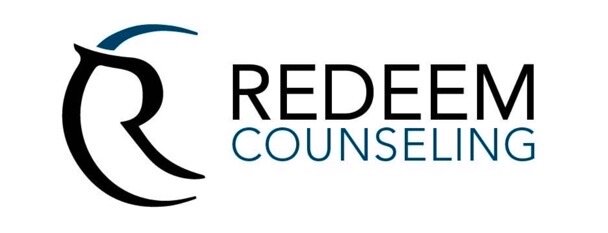The Demand-Distance Relationship Cycle
The demand-distance or pursue-withdraw cycle is a common pattern of interaction in intimate relationships. It’s characterized by one partner (the demander/pursuer) making persistent requests or demands in an attempt to pursue connection or protest its absence while the other partner (the distancer/withdrawer) avoids or withdraws from those requests or demands. This pattern can be extremely harmful to relationships and cause hurt, resentment, and increasing disconnection.
There are some significant factors that can contribute to this dysfunctional pattern that are worth understanding and that many of us can relate to.
Assumptions and insecurities. We all have personal insecurities that are exposed and activated in our closest relationships - especially in our intimate partnerships. Those feelings of inadequacy come with a fear of abandonment or rejection that heavily influences how we interpret things. This can then lead us to assume the most threatening possibilities about our partner’s perspectives, motivations, or anticipated responses.
Lack of emotional vulnerability. Pursuers often don’t fully understand their needs, wants, and emotional experiences clearly enough to communicate them directly. Meanwhile, the withdrawer may have little experience recognizing and sharing their own emotional experiences or that of others, leading them to overlook underlying emotional dynamics and focus on other things. This lack of open emotional vulnerability can lead to further misunderstandings and escalating frustration.
Defensiveness. Unmet needs lead to hurt, which leads to fear of more hurt, which then leads to defensiveness. In the absence of emotional vulnerability, partners tend to communicate defensively, sometimes even preemptively. Pursuers may cloak their bids for emotional connection in some form of emotional defensiveness that can be difficult for their partner to see past, driving them further away. Withdrawers often feel fear and shame when pursuers protest their unmet emotional needs. This can lead them to freeze, double-down on emotional restriction, or suddenly react with defensive anger. What doesn’t get communicated are the underlying fears, hurts, and needs that would solicit a different response.
Feelings of powerlessness. The demand-distance pattern can be further exacerbated by perceived power dynamics in the relationship. The demander may feel helpless in their attempts to connect and out of control of the relationship. They may react by increasing their demands to assert some sense of power. On the other hand, the withdrawer may feel they are being controlled and may use withdrawal and refusal as a way to defend their sense of autonomy.
So how can we break this unwanted cycle and find our way to a better style of interaction?
Expose the defensiveness. Recognizing and exposing your defensiveness helps you see what it is and what it’s doing to you, your partner, and your relationship. This can involve putting words on the entire message and mandate of the defensive impulse. It might sound something like, “I can feel my defensiveness telling me that I should never open up to you or anyone… that I should stay guarded and not let you in so I won’t get hurt.” Remember that your defensiveness is not your true self, so giving it words doesn’t mean you agree with it. In fact, it highlights the opposite.
Share the underlying fear, hurt, or need. Protest and withdrawal are both the products of unmet relational needs that left us hurt, fearful, and defensive. The more intense our demand - distance reactions are, the more it shows how hurt we are and how afraid we are of losing this important relational connection. Sharing our fears and our past and present hurts is incredibly vulnerable and takes a lot of courage. Even more vulnerable is asking our partner to help meet our unmet emotional-relational needs in the moment. But sharing these underlying experiences in their most real, vulnerable form invites a more understanding, empathetic response.
Self-compassion. Emotional vulnerability can be risky and frightening. As an adult, it’s helpful to interact with your heart (your “child” emotional brain) to remind it that, no matter how your partner responds, you are here with and for it.
Turn toward. When your partner shares their fear, hurt, or need, they’re making a bid for connection. This is an opportunity to turn toward them with an open, attentive, empathetic heart. Your vulnerable, caring responsiveness gives connection and comfort and helps to grow emotional intimacy and relational security.
If you or someone you know is experiencing this pattern in their relationship, help is available. Emotionally-Focused Therapy (EFT) can help identify the underlying issues that are causing the demand/protest - distance/withdraw pattern and help you and your partner develop more effective communication skills and emotional intimacy. With time and effort, it's possible to break the cycle of demand-withdraw and build a healthier, more secure, fulfilling relationship.
